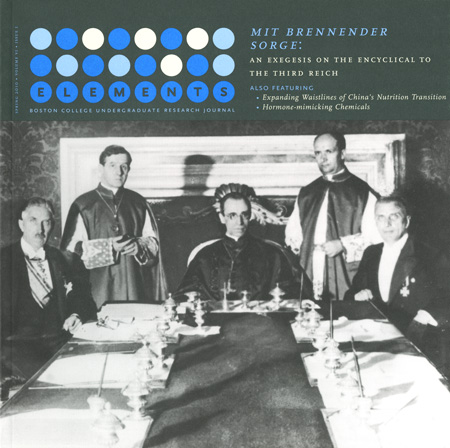Hormone-Mimicking Chemicals: What They Are, What They Do, and Where to Find Them
DOI:
https://doi.org/10.6017/eurj.v6i1.9024Keywords:
Spring 2010, natural sciences, biologyAbstract
Rarely do we consider what the chemicals that go into our consumer products, that are sprayed onto our fruits, or that are released into the air actually do. For example, we assume that those difficult-to-read chemicals on our shampoo bottle labels are safe. However, few of the thousands of chemicals developed each year are thoroughly tested. Forgoing the precautionary principle, we are exposed to many chemicals that act as endocrine disruptors. Endocrine disrupting chemicals (EDCS) can mimic, block, or re-route the hormonal signaling of our bodies. This article addresses what EDCS are, how they act, and how they cause harmful effects, such as reproductive abnormalities, cancers, and behavioral changes. Finally, steps that we as consumers can take to avoid or negate those effects are enumerated.Downloads
Published
2010-04-10
How to Cite
Williams, A., & Hake, D. L. (2010). Hormone-Mimicking Chemicals: What They Are, What They Do, and Where to Find Them. Elements, 6(1). https://doi.org/10.6017/eurj.v6i1.9024
Issue
Section
Articles
License
Copyright (c) 2015 Elements

This work is licensed under a Creative Commons Attribution 4.0 International License.

